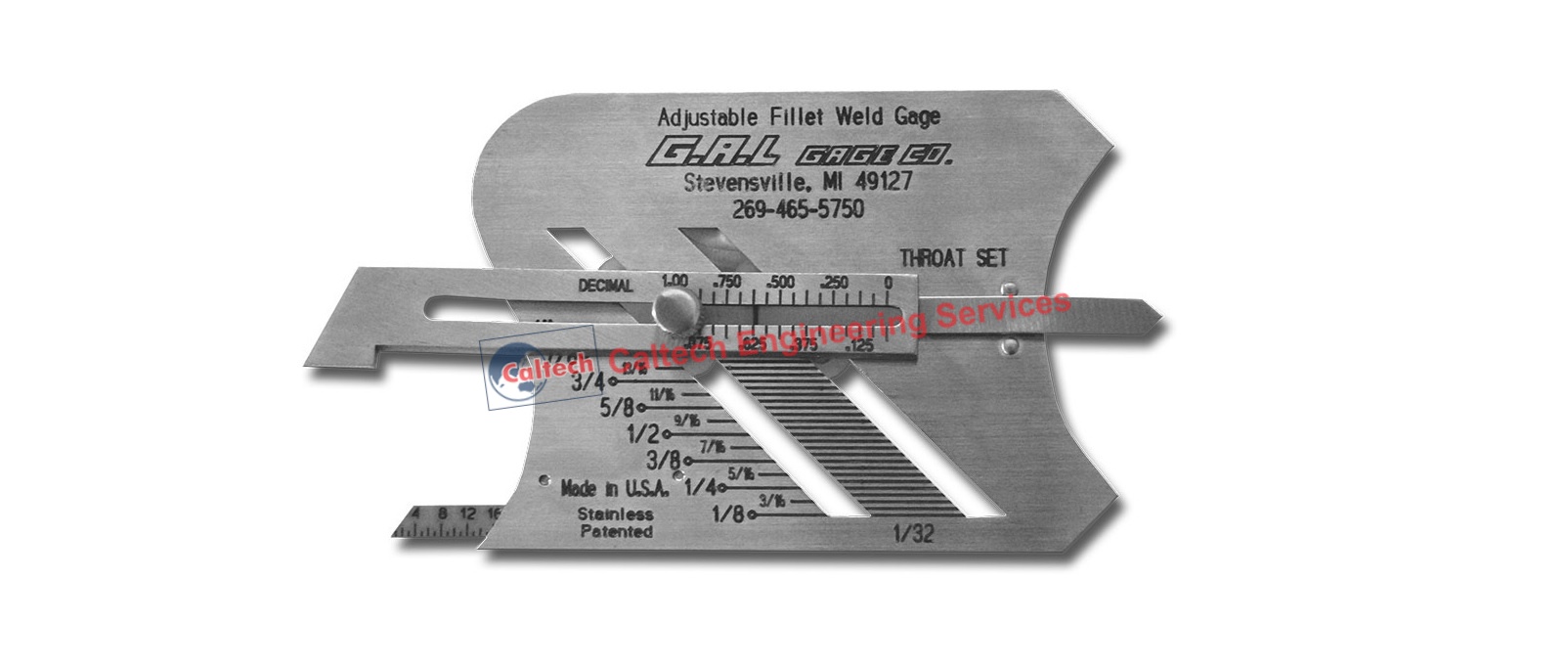Improving Your Welding Abilities: Focus on Gauge Fillet Welds
Improving Your Welding Abilities: Focus on Gauge Fillet Welds
Blog Article
Fillet Weld Design Techniques: Optimizing Joint Efficiency and Appearance for Structural Integrity
In the realm of architectural engineering and construction, the significance of fillet weld design methods can not be overemphasized. By thoroughly considering factors such as weld profile optimization, material choice, joint prep work methods, welding process performance, and visual improvement designers, makers and methods can achieve an unified balance in between performance and look in their bonded structures.
Weld Profile Optimization


Achieving an ideal weld account entails a precise factor to consider of elements such as product thickness, joint arrangement, welding setting, and wanted welding speed. In addition, the selection of suitable welding specifications, such as voltage, existing, and travel rate, is essential in controlling the form and measurements of the fillet weld. Making use of advanced welding methods, such as pulse welding or robot welding, can additionally refine the weld profile to fulfill specific style demands and high quality criteria.
Fundamentally, weld account optimization is an essential aspect of fillet weld style that straight affects the total efficiency and reliability of welded joints in structural applications.
Material Choice Factors To Consider
When taking into consideration material choice for fillet weld layout, the compatibility of the base metals is a vital element influencing the structural honesty of the joint. It is necessary to choose materials that not just bonded with each other effectively but likewise have similar mechanical buildings to ensure the load is uniformly dispersed in between the base and the weld metals. Welding products with vastly different homes can bring about concerns such as stress and anxiety focus, early joint failure, or cracking.
In addition, the atmosphere in which the welded framework will run have to be thought about when picking materials. Factors like corrosion resistance, temperature level fluctuations, and exposure to chemicals can all impact the durability and performance of the weld joint. By choosing materials that are suitable for the intended application and environment, the general toughness and reliability of the bonded joint can be significantly enhanced.
As a result, extensive consideration of material compatibility and environmental elements is critical in guaranteeing the weld joint's strength, resilience, and general structural stability.

Joint Preparation Methods
Taking into consideration the crucial role material selection plays in guaranteeing the architectural stability of fillet weld joints, it is important to execute precise joint preparation methods that optimize the connection between the base steels. Joint preparation is a crucial step that directly affects the top quality and strength of the weld.
Additionally, tack welding the parts in location before the last weld assists maintain alignment and decreases distortion throughout the welding procedure. By thoroughly following these joint prep work techniques, welders can improve the general efficiency and aesthetics of fillet weld joints while making sure architectural sturdiness.
Welding Process Efficiency
Effective welding procedures are vital for attaining ideal performance and quality in fillet weld fabrication. Processes like gas steel arc welding (GMAW) and flux-cored arc welding (FCAW) are commonly used for fillet welds due to their flexibility and see here now rate.
Routine calibration of welding makers, evaluation of consumables, and upkeep of welding torches can protect against downtime and rework, eventually saving time and resources. Well-trained welders are much more skilled at readjusting criteria, fixing problems, and preserving consistent weld quality.
Aesthetic Improvement Approaches
To optimize the high quality of fillet weld fabrication, implementing aesthetic enhancement approaches can play a crucial duty in making sure accuracy and precision during the welding procedure. Visual enhancement techniques encompass different techniques focused on enhancing the look and top quality of fillet welds. One typical method is the use of back removing systems to remove oxidation on the backside of the weld, resulting in a cleaner, much more aesthetically pleasing surface. Additionally, utilizing proper illumination setups in the welding area can boost visibility, permitting welders to check the weld swimming pool and ensure constant grain formation. Visual help such as weld Full Report dimension assesses and magnifying lenses can help in analyzing weld profiles and dimensions properly. Additionally, making use of contrasting noting materials or temporary adding can assist in lining up and positioning the workpieces specifically prior to welding. By incorporating these aesthetic improvement techniques right into the welding process, welders can attain not only structurally audio fillet Resources welds however additionally visually enticing results that fulfill industry requirements.

Final Thought
Finally, maximizing fillet weld layout entails mindful factor to consider of weld account, material option, joint preparation, welding process effectiveness, and visual enhancement techniques. By executing these methods, architectural stability can be improved while additionally attaining visual allure. It is essential to focus on both efficiency and looks in fillet weld style to ensure the total quality and durability of the joint.
By meticulously considering factors such as weld account optimization, material choice, joint preparation techniques, welding procedure effectiveness, and aesthetic enhancement designers, techniques and fabricators can accomplish a harmonious equilibrium in between functionality and look in their welded frameworks.In the realm of fillet weld layout, enhancing the weld profile plays a vital duty in ensuring structural integrity and efficiency. The weld profile, which includes the size and shape of the weld cross-section, directly influences the circulation of anxiety and load-bearing ability within the joint. It is essential to pick materials that not just weld with each other effectively but likewise have comparable mechanical buildings to make sure the lots is equally dispersed between the weld and the base metals - Gauge Fillet Weld.In conclusion, enhancing fillet weld design includes mindful consideration of weld account, material choice, joint prep work, welding procedure effectiveness, and aesthetic enhancement techniques
Report this page